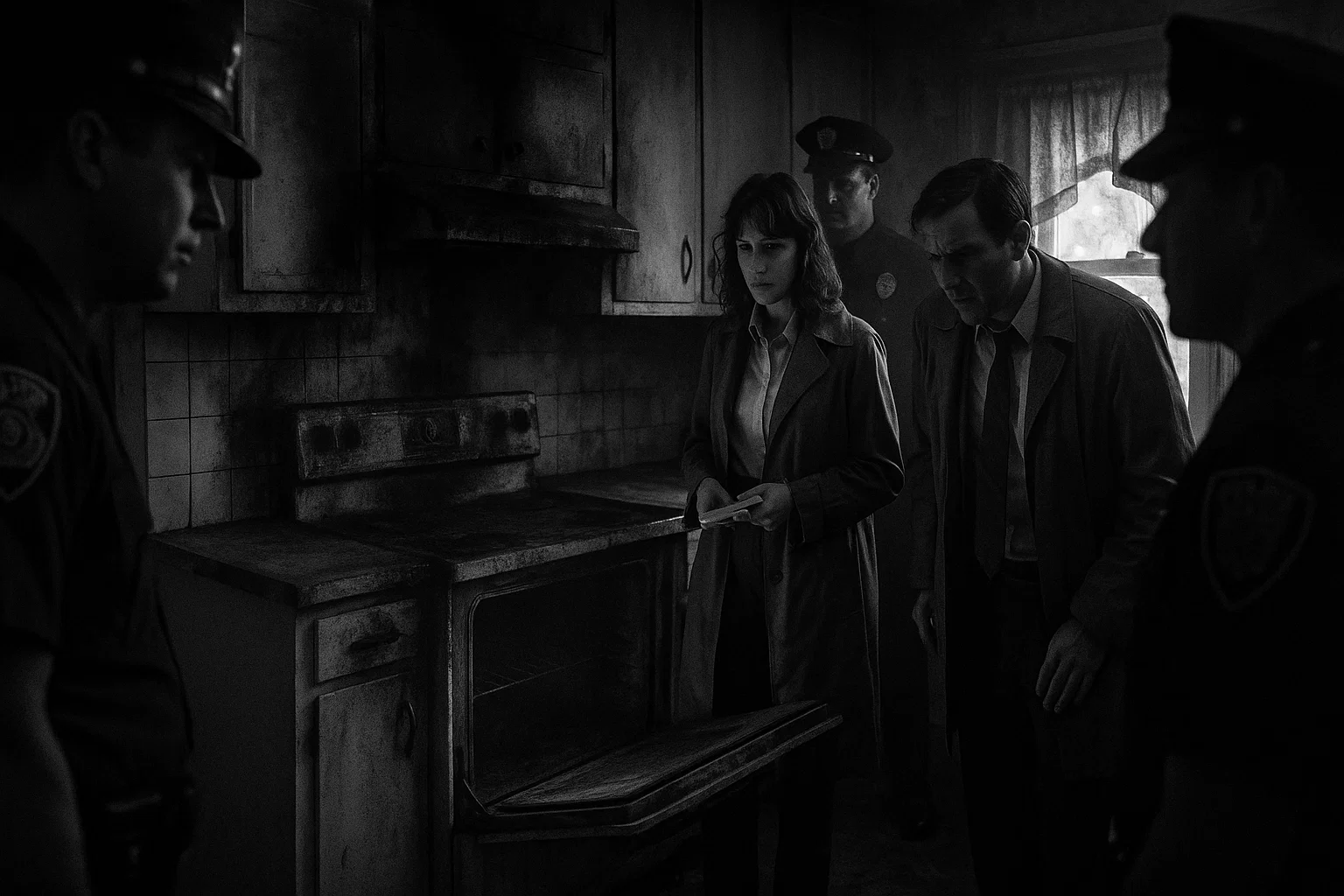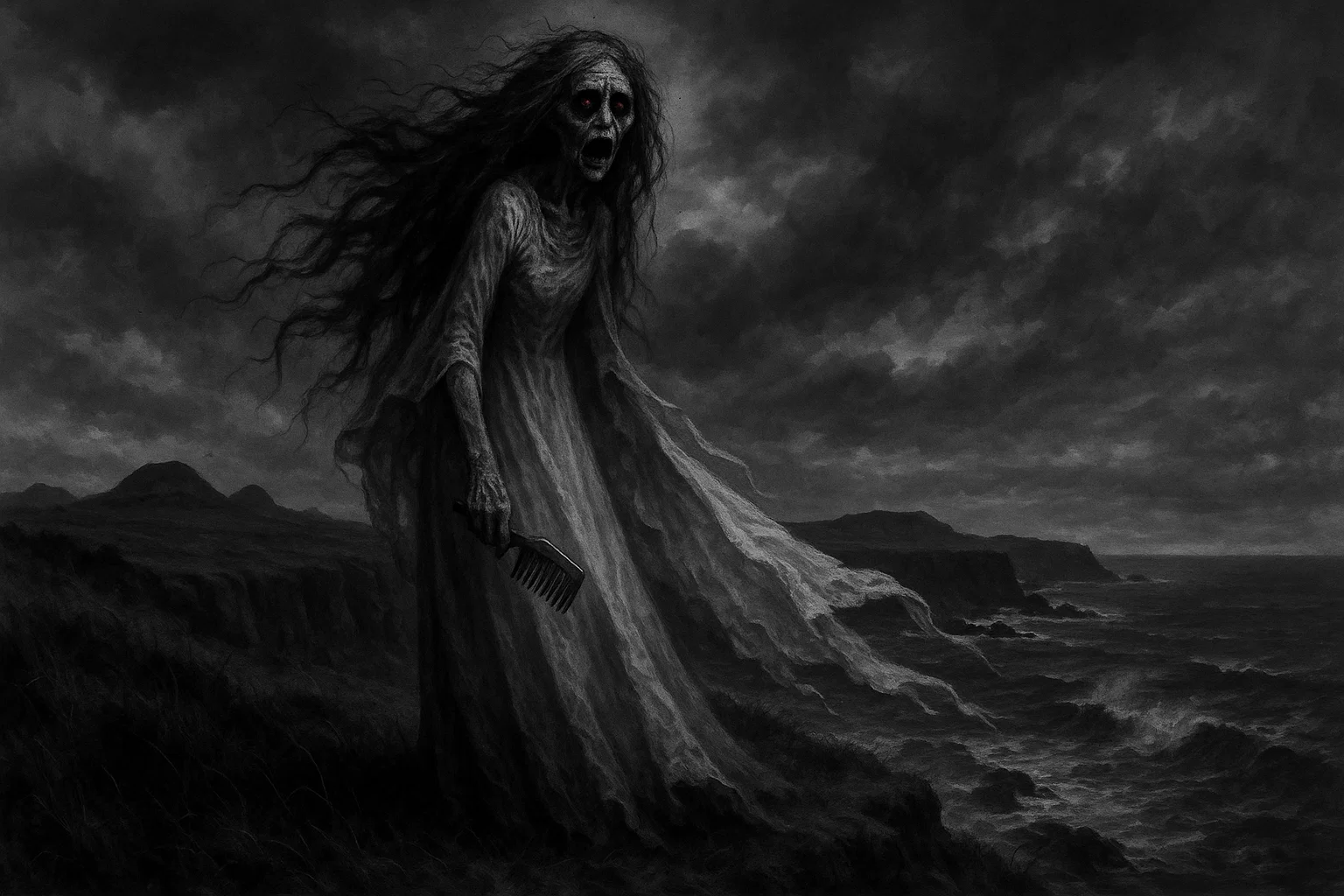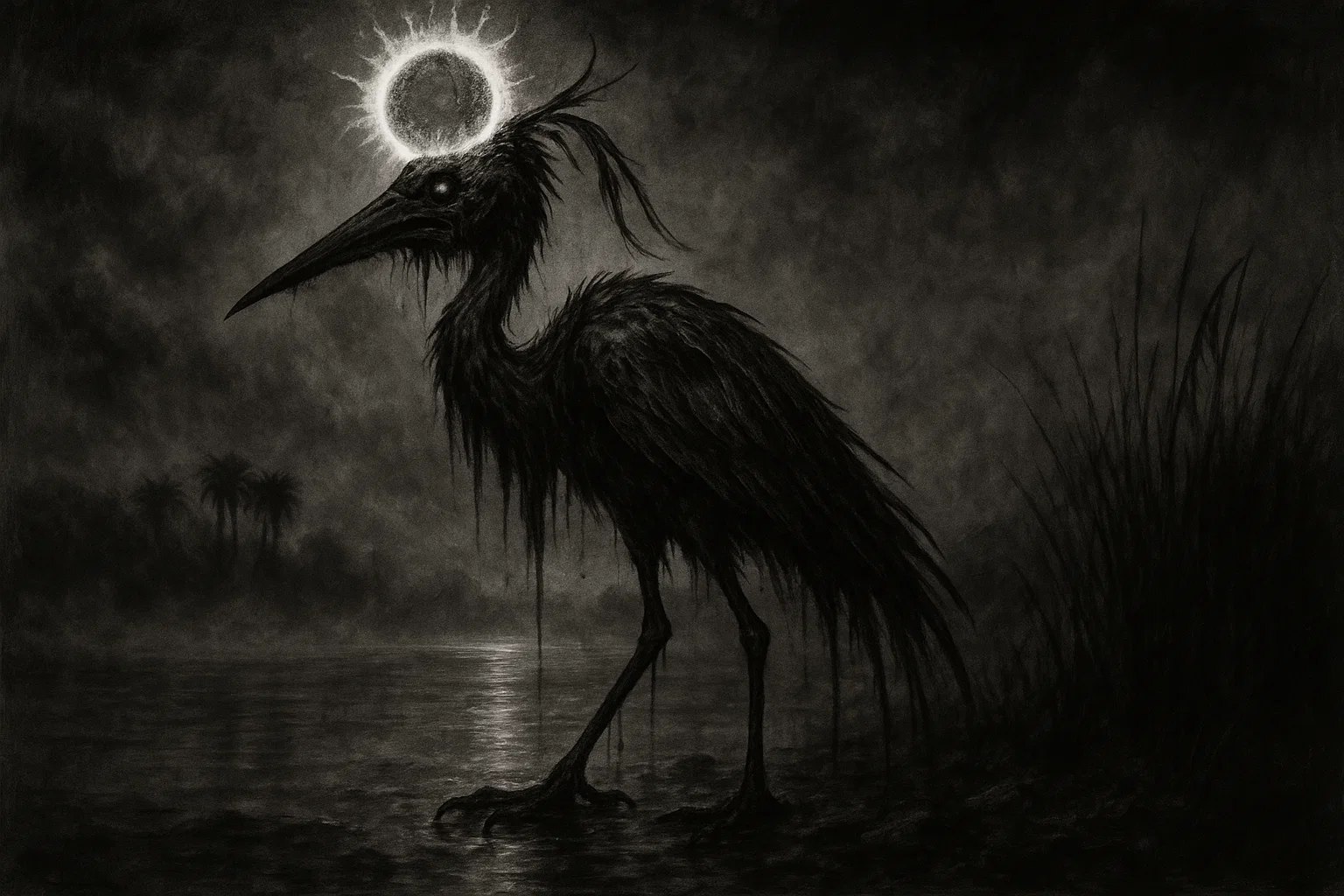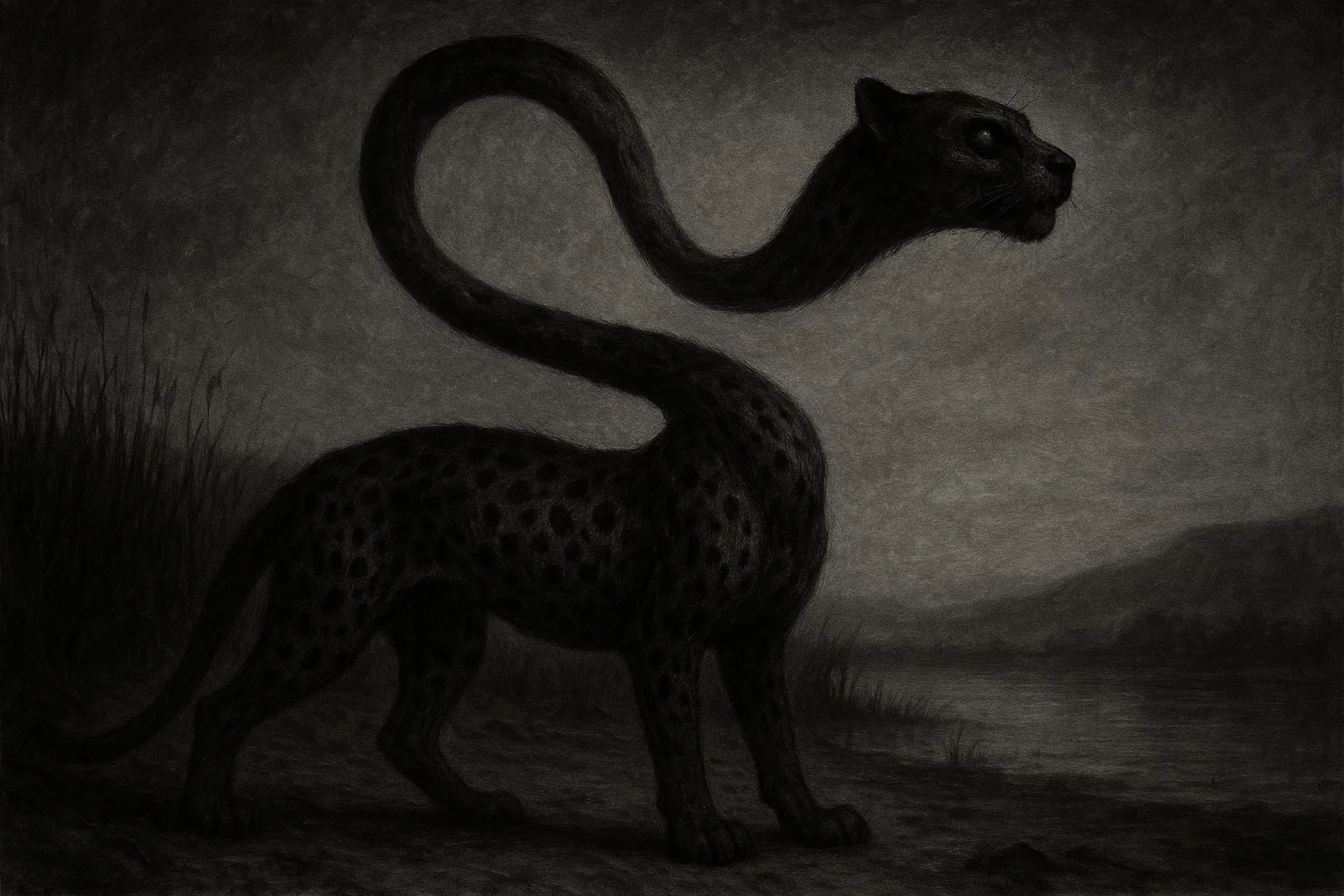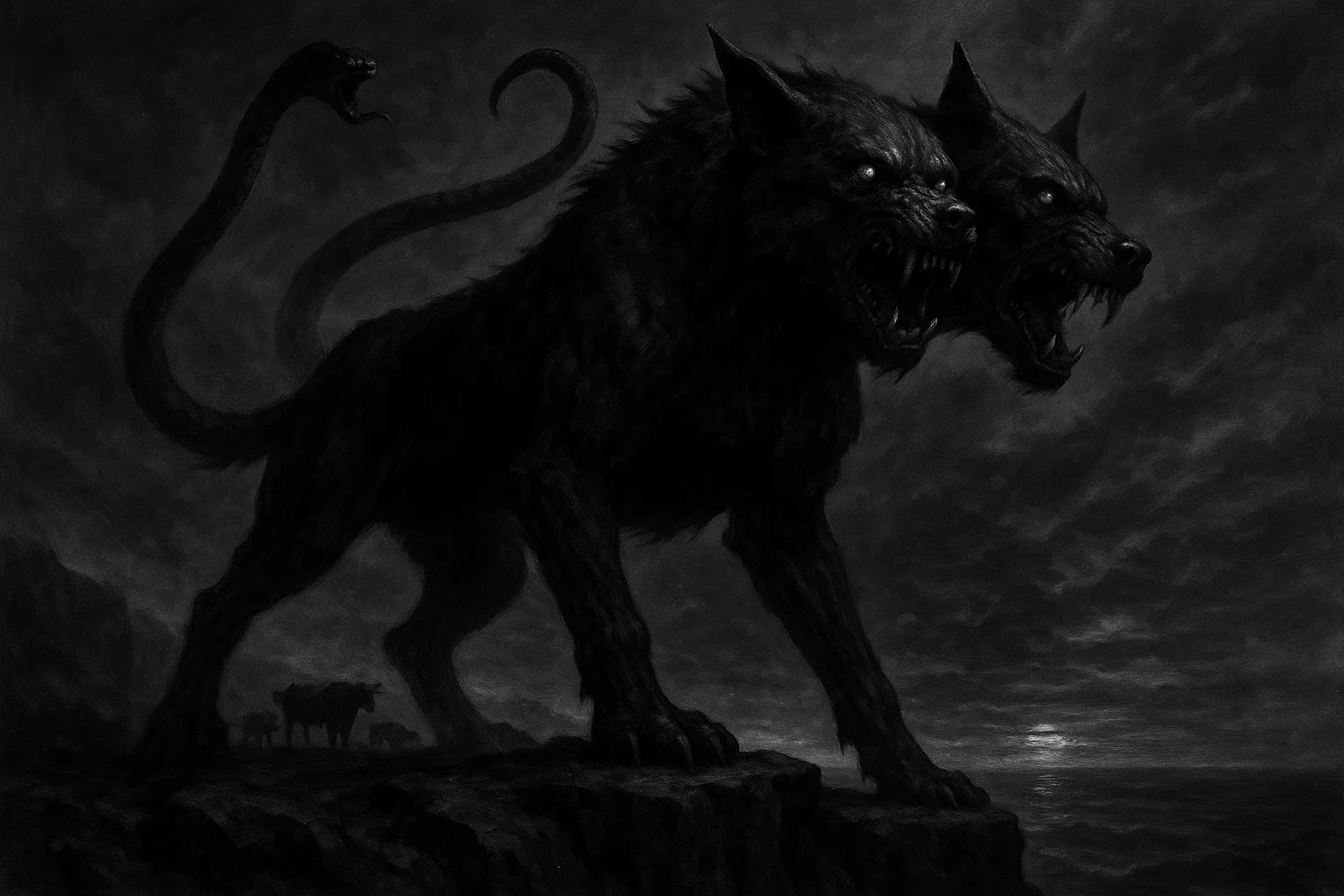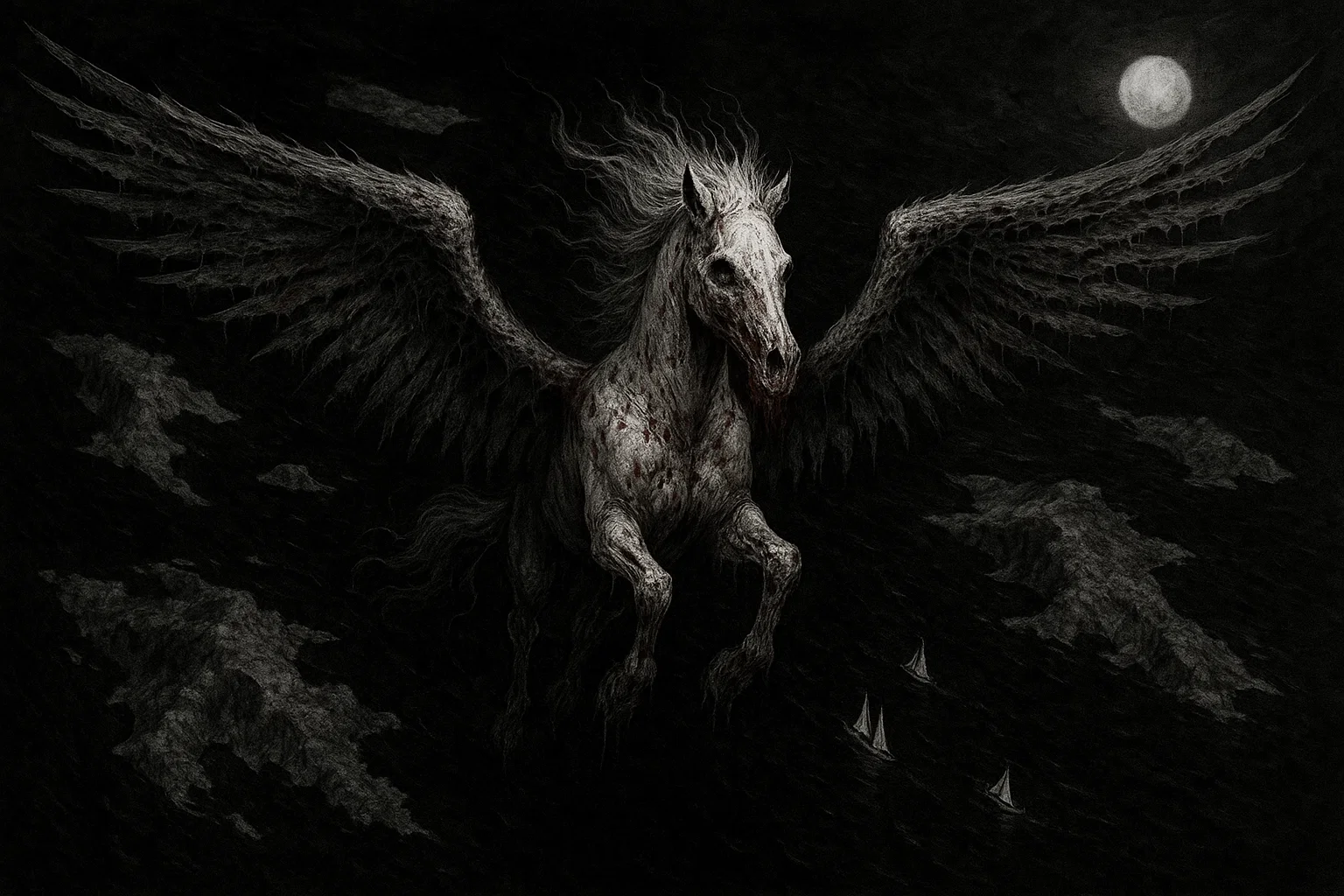In the chilling horror story The Minneapolis Mystery, a gruesome discovery in a quiet 1983 Minnesota bungalow unleashes a creepy tale of supernatural dread. When police uncover a bizarre scene tied to an urban legend, the eerie presence of a haunted house and a mysterious video tape hints at a ghost story that defies explanation.
Summary
The Discovery
July 17, 1983, was a day Officer Daniel “Danny” Callahan would never forget, though he’d spend years trying. Danny was 38, a wiry man with a smoker’s cough and a left eye that twitched under stress—a tic earned from a decade of patrolling Minneapolis’s grittier corners.
His partner, Officer Maria Alvarez, was 29, sharp-eyed and stubborn, her three years on the force marked by a quiet intensity that unnerved even her superiors. They were called to 1427 Oakwood Lane after a neighbor, Mrs. Edith Granger, reported a stench like “death itself” wafting from the house.
The bungalow was unassuming, its faded paint peeling like dead skin. The front door hung slightly ajar, as if inviting them into its maw. Danny pushed it open, the hinges groaning like a dying animal.
Inside, the air was thick, heavy with a smell that clawed at their throats: burnt flesh, acrid and oily, mixed with something sweeter, like rotting fruit left in the sun. Maria’s flashlight beam sliced through the dim living room—floral curtains sagged, dust motes danced, a rotary phone sat silent on a warped end table.
“It’s worse in there,” Maria said, her voice steady but her knuckles white around her flashlight. She pointed toward the kitchen, where the odor grew suffocating.
The kitchen was a nightmare frozen in time. A GE oven, its enamel chipped and yellowed, dominated the small space. Its door was ajar, and inside… something unspeakable. A body, charred to a brittle husk, was crammed into the oven’s confines.
The woman—for the coroner would later confirm her gender—was contorted impossibly, her limbs twisted like blackened twigs, her skull tilted at an angle that suggested her neck had snapped under the strain.
Her teeth, eerily white against the carbonized flesh, grinned in a rictus of agony. The oven’s interior was coated in a greasy residue, flecks of skin and hair fused to the metal.
Danny gagged, his cigarette dropping to the linoleum. “Holy Mother of God,” he rasped, his eye twitching violently.
Maria, her face pale but composed, scanned the room. Her beam caught a video camera, a Sony Betamax, perched on a tripod. Its lens stared at the oven like a cyclopean eye, cold and unblinking. A thin layer of ash dusted its surface, as if it had been watching the horror unfold.
“Who… who films this?” Danny stammered, his voice cracking. Maria didn’t answer; she was already radioing for backup, her words clipped but trembling at the edges.
The scene was a violation of nature. The body’s position defied physics—knees bent backward, arms folded into the chest cavity, spine arched like a bow. A faint smear of blood, long dried, trailed from the oven door to the floor, as if the woman had clawed her way inside.
The kitchen tiles were cracked, some stained with a dark, tar-like substance that resisted scrubbing. And the smell—it lingered, seeping into their clothes, their hair, their nightmares.
You May Also Like: The Eery Story of Edward Mordrake | Horror Story
The Investigation
Detective Paul Whitaker took the case, a decision that would unravel him. At 47, Paul was a man of contradictions: a devout Catholic who prayed daily but swore like a dockworker; a father who loved his daughters but flinched at their calls, haunted by his own failings.
His office was a shrine to unsolved cases, walls plastered with photos and notes, but the Oakwood Lane file became his obsession.
The autopsy was a grim affair. The victim was Evelyn Hart, 42, a recluse who’d lived alone since her husband’s death in a car accident four years prior. Her body was a puzzle of horrors: no signs of external trauma, no drugs, no ligature marks.
The coroner noted the extreme heat had fused her flesh to the oven’s racks, requiring a chisel to pry her free. Her lungs were filled with soot, meaning she’d been alive when the fire started. The official report called it “self-immolation,” a term Paul spat out with disgust. Suicide? In an oven? The idea was obscene.
The camera yielded nothing. Its cassette slot was empty, the tape either removed or never inserted. Paul interviewed neighbors, piecing together Evelyn’s life. She’d been a librarian, soft-spoken, with a love for botany.
After her husband’s death, she’d withdrawn, her garden overgrown with weeds, her windows dark. One neighbor, an elderly man with trembling hands, mentioned seeing Evelyn at night, standing in her backyard, staring into a stone well. “She was talking,” he said. “Not to me. To… something down there.”
Paul visited the house again, alone. The kitchen felt alive, the air heavy with a presence he couldn’t name. The new oven gleamed, but the old one’s ghost lingered—the smell of charred meat seemed to seep from the walls. He found scratches on the floor, faint but deep, as if something had been dragged across it.
In the living room, a mirror hung crooked, its surface smudged with fingerprints that didn’t match Evelyn’s.
The case was closed as a suicide, but Paul couldn’t let it go. He dreamed of the oven, its door swinging open to reveal Evelyn’s grinning skull. He began to hear whispers in his apartment—soft, unintelligible, like voices trapped in static. His faith wavered; the rosary on his nightstand felt like a lie.
You May Also Like: The Cursed Phone Numbers | Horror Story
The Well
By November 1983, the bungalow was a shell, stripped for renovation by a development company. The crew was led by Jamal Carter, 25, a carpenter with big dreams and a meticulous eye. Jamal’s life hadn’t been easy—raised in a rough neighborhood, he’d clawed his way to stability, saving every penny for his own shop.
He was the kind of man who noticed things: a misaligned board, a faint draft, a patch of earth that felt wrong.
On November 12, Jamal was clearing the backyard, a tangle of overgrown grass and fallen branches. Beneath a pile of leaves, he found a stone well, its cover rusted and caked with dirt.
As he pried it open, a sound rose from below—a rustling, like bones shifting in a grave. His crew laughed, blaming rats, but Jamal’s gut twisted. He’d heard stories about the house, whispers of the Oven Lady. Still, curiosity won.
“Tie me up,” he told his foreman, looping a rope around his waist. The well’s mouth was narrow, barely wide enough for his shoulders. As he descended, the air grew cold, damp, and thick with the smell of mold and something fouler—decay, perhaps, or worse.
His flashlight flickered, casting jagged shadows on the slime-slick walls. The rustling grew louder, a skittering that seemed to circle him.
At the bottom, he found trash: rusted cans, a child’s shoe, a doll with one eye missing. Then, half-buried in muck, a VHS cassette, its plastic warped and discolored, as if it had been submerged for years.
Jamal’s fingers trembled as he grabbed it; the tape felt warm, unnaturally so, like a living thing. The rustling stopped, replaced by a low hum, like a distant chant. He shouted to be pulled up, his voice echoing in the dark.
Back on the surface, Jamal handed the tape to the police, his hands shaking. He didn’t sleep that night, haunted by the well’s silence, as if it had been watching him.
Paul Whitaker received the tape, his heart pounding. In the station’s AV room, the footage played, grainy and distorted, but unmistakable.
Evelyn Hart moved through her kitchen, her eyes hollow, her skin pale as bone. She set up the camera with ritualistic care, her fingers lingering on the tripod. She lit the oven, the gas hissing like a serpent. Then, facing the camera, she smiled—a grotesque, too-wide grin that stretched her lips until they cracked, a thin trickle of blood running down her chin.
She mumbled something, her voice a garbled whisper: “…it sees me… it knows…” Then, with a fluidity that defied human anatomy, she crawled into the oven.
Her body twisted, bones popping audibly, her spine bending backward until her head nearly touched her feet. She pulled the door shut, her fingers leaving bloody smears on the handle.
The oven shook violently, black smoke pouring out, thick and oily, curling like fingers toward the camera. The footage ran for 45 minutes, the smoke forming shapes—faces, perhaps, or hands—before the screen went black.
Paul watched it again, and again. Each viewing revealed more: a shadow in the corner, tall and formless, watching Evelyn. A flicker in her eyes, not human but other. And the hum, that low chant, seemed to grow louder, as if the tape itself was speaking.
You May Also Like: What Is Igopogo, the Monster of Lake Simcoe?
The Unraveling
Paul, Danny, and Maria met in a diner, the tape’s weight pressing on them. Maria’s hands shook as she clutched her coffee, her rosary beads clicking in her pocket. “She wasn’t alone,” she whispered. “Something was with her.”
Danny, his face gaunt, lit another cigarette. “You’re saying… what? A demon? A ghost?” His eye twitched, his voice raw. He’d started seeing things—flashes of Evelyn’s face in windows, her smile in his dreams.
Paul said nothing, his mind spiraling.
He’d begun to hear the hum everywhere—in his car, his apartment, his head. He dug deeper into Evelyn’s past, uncovering fragments: she’d been obsessed with folklore, her library filled with books on ancient rituals.
A journal, found in her attic, mentioned “the watcher in the well,” a presence that promised knowledge but demanded sacrifice. Her husband’s accident, Paul learned, wasn’t an accident—his car had veered into a tree, his body burned beyond recognition.
Paul returned to the house, the renovations nearly complete. The kitchen was pristine, but the air was wrong—thick, like breathing through wet cloth. He found new scratches on the floor, deeper, as if something heavy had been dragged.
In the backyard, the well was sealed, but he swore he heard rustling beneath the concrete.
Epilogue
The house was sold in 1984 to a young couple, unaware of its past. They lasted six months, driven out by footsteps in the attic, whispers from the basement, and a burning smell that choked them awake.
The next owners reported worse: blood seeping from the kitchen walls, mirrors reflecting faces that weren’t theirs. By 1990, the house was abandoned, its windows boarded, its yard a jungle.
The legend of the Oven Lady grew, twisted by time. Teenagers snuck into the yard, claiming the well glowed red at night. Some heard Evelyn’s voice, begging to be let out.
Others saw her in the kitchen window, her charred face smiling, her eyes black as the smoke that killed her.
Paul retired in 1987, the tape hidden in his basement. He watched it obsessively, the hum now a constant in his ears. He dreamed of the well, of descending into its depths, of hands—burned, twisted—pulling him down.
He died in 2001, his body found in his recliner, the tape playing on a loop. His daughter, unaware, donated it to a thrift store, where it vanished.
Danny died in 1990, his liver shot, muttering about Evelyn’s smile. Maria, in St. Paul, prays nightly, her rosary worn smooth. Jamal avoids Oakwood Lane, but the rustling follows him, a sound he can’t unhear.
In 2025, 1427 Oakwood Lane is a husk, its walls crumbling, its well sealed but not silent. The legend endures, whispered by students and drunks. Some say the tape is still out there, a cursed relic that burns the eyes of those who watch it. Others claim Evelyn’s spirit lingers, her charred form crawling through the house, her smile a promise of pain.
The horror of the Minneapolis Mystery is its refusal to explain itself. How did Evelyn contort her body? What spoke to her from the well? What watched from the shadows?
The tape, if it exists, holds answers—but at a cost. Those who’ve seen it describe the hum, the faces in the smoke, the feeling of being seen. In Minneapolis, the warning is clear: stay away from Oakwood Lane. Don’t touch the well. And if you find a VHS tape, don’t play it. Because some things, once seen, can never be unseen.

